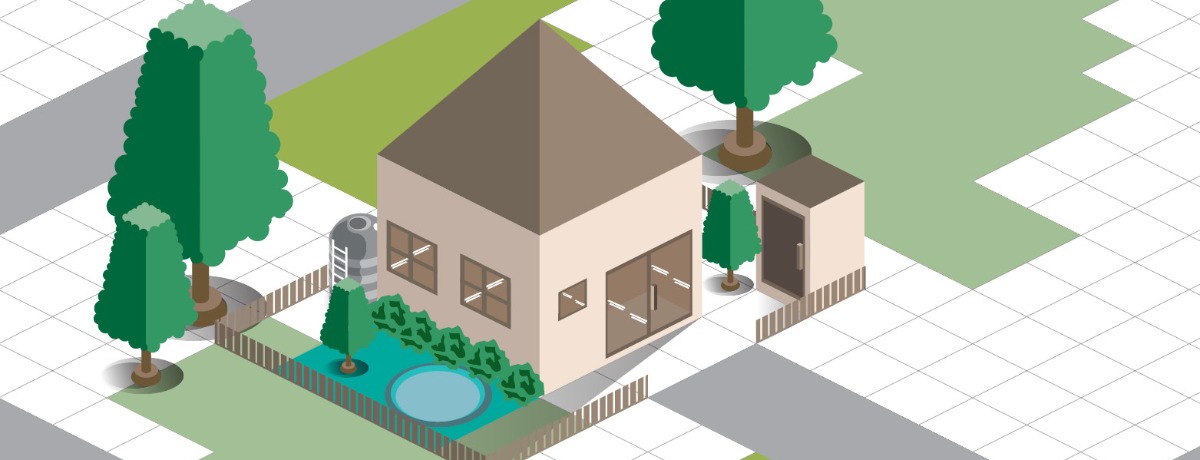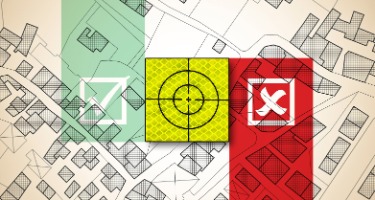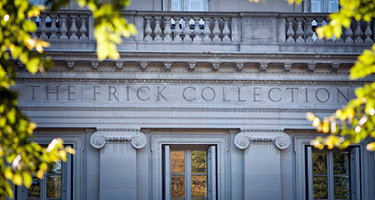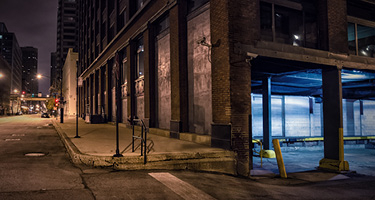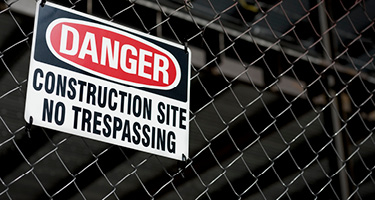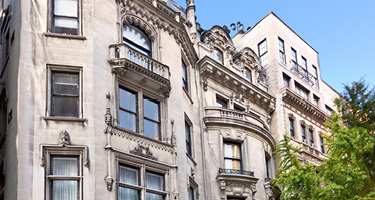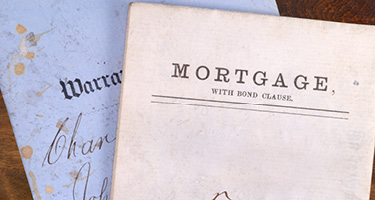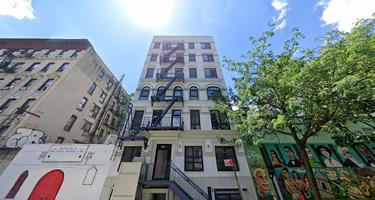A recent case, Naramore v. Aikman, decided by the Louisiana Court of Appeal for the First Circuit demonstrates some established but little known principles of Louisiana law that every person dealing with real estate in Louisiana should be aware of.
The issue is servitudes, roughly the equivalent of “easements” in common law. Servitudes may be personal, between two individuals, or they may run with the land, in which case they are called “predial” servitudes. Predial servitudes place a burden on one parcel of real estate (called the “servient” estate) in favor another parcel of real estate (the “dominant” estate).
Case Background
In the case at issue, Naramore v. Aikman, four large lots, each measuring approximately nine acres, were situated next to each other. At the bottom of all the lots, on their southern side, there was a gravel road measuring approximately 20 feet wide. The gravel road started at a public street on the west and ran in an easterly direction, crossing each of the four lots.
The owner of one of the parcels felt that the use of the road by his neighbors was becoming a dangerous nuisance, so in 2011, he barricaded the road. A lawsuit ensued.
Originally, as far back as 1956, all of the parcels were owned together, as one large tract, by Sam and Vivian Arnold. The Arnolds built the gravel road that ran along the southern edge of his entire tract in the late 1950s or early 1960s.
As you might suspect, the Arnolds later subdivided the large tract into four parcels, and sold them off. The documents by which the Arnolds sold the four parcels, and by which the initial purchasers later sold their individual parcels to subsequent buyers, were confusing at best and conflicting at worst. Some of the documents referred to the roadway, and some did not. Some of the documents had surveys attached to them showing the gravel road as a servitude, and some did not.
Servitude by Destination of the Owner
The question at the trial in 2013 was: did the roadway constitute a servitude pursuant to which all of the parcels were burdened by (and required to allow the existence of) the roadway, for the benefit of all their neighbors?
There is a doctrine in Louisiana law called a “servitude by destination of the owner.” An owner cannot create a servitude between multiple tracts of property while they are all owned by him or her. As long as the same owner owns the two tracts, no servitude can exist between the properties. However, an owner can set up a relationship between different tracts of property, such that a servitude comes into existence automatically when the owner ceases to be the owner of all of them. At that point, when the properties are owned by different persons, one property can be the “servient” estate that is burdened by an obligation in favor of another parcel as the “dominant” estate.
This particular kind of servitude can be established by a document. The owner would recite in the document that he or she is burdening one tract in favor of the other, and that he or she intends for a servitude between the two properties to come into existence whenever ownership of the tracts is separated. That did not happen in the Naramore case.
However, a servitude by destination of the owner can come into existence through another method—namely, by the physical creation of a visible physical relationship between the parcels, such that one of them is obviously burdened in favor of the other. This can be in the form of a sidewalk or a roadway or an overhead bridge or any other physical structure or relationship. These are “apparent” servitudes as long as the physical structure is visible to a person who is observing the parcels.
Because all of the documents in the Naramore case were so confusing, they did not clearly establish a written servitude. The trial court turned to the doctrine of an “apparent” servitude by destination of the owner. The court found that the gravel roadway in question had existed for at least 50 years. The court further found—and this is an essential element of the claim—that the roadway had been in continuous use during this time period. (A servitude like this can be lost by virtue of non-use for ten years.)
Louisiana Court of Appeal, First Circuit Ruling
The Louisiana Court of Appeal, First Circuit, held in June 2018 that the trial court’s ruling in the Naramore case was correct. The gravel roadway was there for all persons to see. Anyone buying the property would see the gravel roadway and would see that it extended across all four adjacent tracts. This is precisely what is meant by an “apparent” servitude. In this case, the “apparent” servitude was created at a time when all of the parcels were owned by a single owner, and an “apparent” predial servitude sprang into existence the moment that the common owner conveyed title to the first third-party buyer of one of the tracts.
The Lesson for Would-be Purchasers
The lesson for all would-be purchasers is that a written instrument does not have to exist in order for a piece of property to be burdened by a servitude that runs with the land, in favor of another tract as the “dominant” estate. There was nothing in the public records that clearly established a servitude; the servitude existed solely by virtue of what physically existed on the land.
If a prospective purchaser sees something on one piece of real estate that appears to benefit another piece of real estate, then the words “apparent servitude” should come to mind, and a thorough investigation is warranted. Otherwise, the buyer could find that the property he or she purchases is burdened by a servitude, even if there is no document whatsoever in the public records on the subject.
------------------
As one of the most experienced real estate lawyers in New Orleans, Steeg Law Firm Managing Partner Robert Steeg is highly respected for his handling of a wide variety of real estate transactions.
Rob has assisted hundreds of clients with handling thousands of purchases, sales, loans and leases for all sizes and kinds of real estate throughout the southeast Louisiana region, including industrial, office, multi-family, and retail properties.
